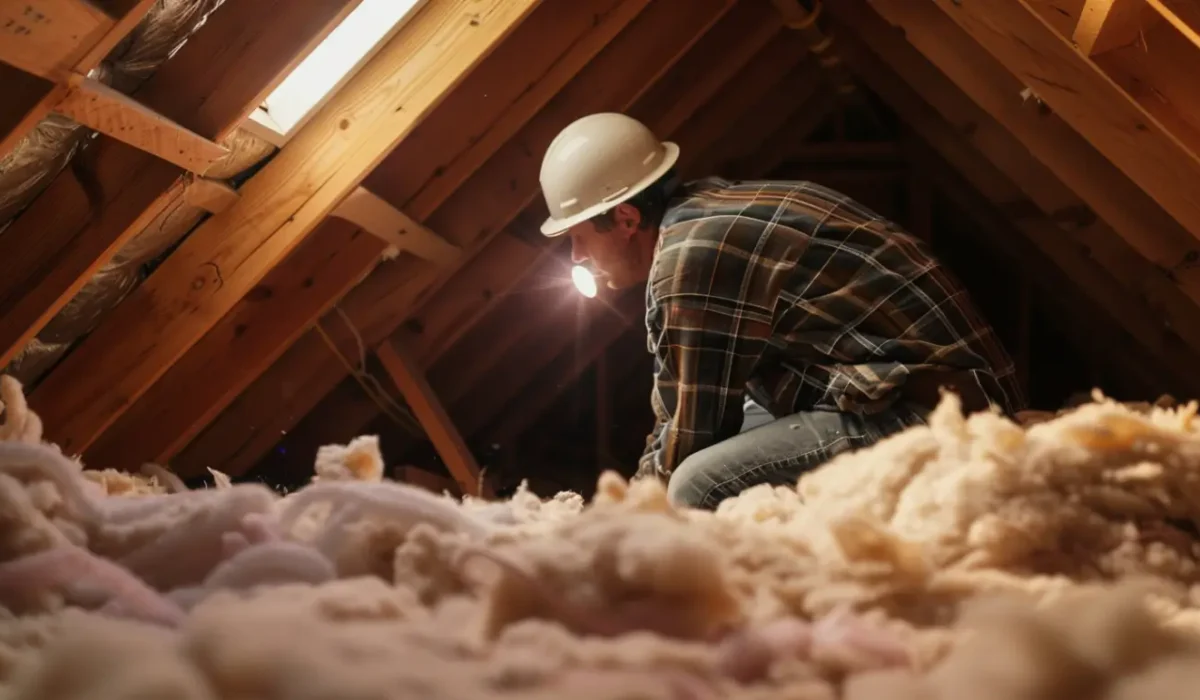When homeowners think about maintaining a strong and reliable roofing system, they often focus on shingles, flashing, or gutters. However, one of the most overlooked aspects of roof health is attic ventilation. Proper airflow in your attic protects your roof, boosts energy efficiency, and helps avoid costly damage. Without it, even the highest-quality roofing materials will wear down faster than expected.
The Role of Attic Ventilation
Attic ventilation works by creating a continuous flow of air through the space beneath your roof. Fresh air enters through soffit or eave vents and exits through ridge or gable vents. This circulation prevents heat and moisture from accumulating, protecting both the roofing materials and the structural decking below.
In Coppell, TX, where summers are hot and winters can bring occasional cold snaps, proper ventilation balances temperature and humidity levels throughout the year. Without it, your roof may experience severe strain, resulting in premature deterioration.
The Consequences of Poor Ventilation
A poorly ventilated attic leads to several significant issues. During the summer, excess heat becomes trapped inside, causing shingles to blister and warp. This reduces their ability to protect against UV rays and rain. Inside the home, trapped heat forces air conditioners to work harder, increasing utility costs.
In cooler months, poor ventilation contributes to ice dams. Warm air escaping into the attic melts snow on the roof, which then refreezes along the eaves. The resulting ice traps water, allowing it to seep beneath shingles and damage insulation, drywall, and ceilings.
Additionally, poor airflow allows moisture to build up inside the attic. Over time, this creates mold and mildew growth, compromising air quality and weakening wooden rafters or decking.
How Proper Ventilation Extends Roof Life
When airflow is managed correctly, your roof remains cooler in summer and drier in winter. This balance slows the aging of shingles and prevents moisture damage. A well-ventilated attic also helps insulation perform at its best, ensuring your home maintains consistent indoor temperatures.
By combining proper ventilation with durable products from trusted manufacturers like Owens Corning, homeowners can maximize their roofing system’s performance and lifespan.
Professional Solutions for Homeowners
Installing or upgrading attic ventilation requires precision and knowledge of building codes. Relying on certified contractors such as KangaRoof ensures the system is designed and installed correctly. Professionals evaluate your attic size, roof slope, and local climate conditions to recommend the right balance of intake and exhaust vents.
Properly sized ventilation systems not only enhance roof performance but also maintain warranty coverage on materials. Many manufacturers require adequate ventilation as a condition of their guarantees, making professional installation essential.
Energy Efficiency Benefits
Ventilation is not just about protecting your roof; it also reduces energy costs. By keeping attic temperatures stable, your heating and cooling systems don’t need to work as hard. This translates into lower energy bills and greater comfort for your family year-round.
In regions like Coppell, TX, where summers are especially demanding on cooling systems, proper ventilation makes a noticeable difference in utility costs and overall indoor comfort.
Conclusion
Proper attic ventilation is essential for protecting your roof, improving energy efficiency, and ensuring a healthier home environment. Without it, you risk costly problems such as premature shingle failure, mold growth, and ice dam formation. By working with trusted professionals like KangaRoof and choosing dependable products from Owens Corning, you can secure a roofing system built to withstand the challenges of every season.
Read also our blog: Main Causes of Roof Damage Every Homeowner Should Know
